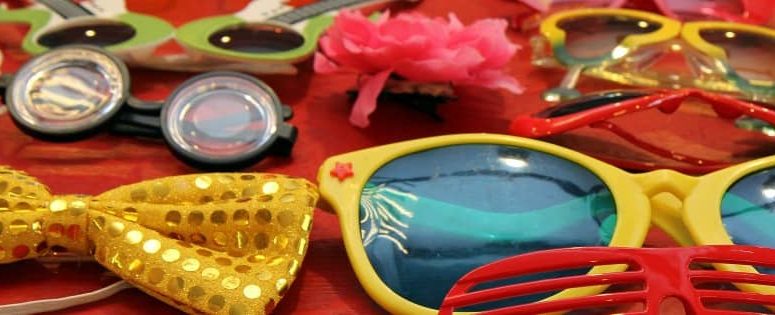Pseudocommunity

What is Pseudocommunity?
Scott Peck, author of The Different Drum, calls the first stage in the community building process “pseudocommunity”. From his Wikipedia page: “In the first stage, well-intentioned people try to demonstrate their ability to be friendly and sociable, but they do not really delve beneath the surface of each other’s ideas or emotions. They use obvious generalities and mutually established stereotypes in speech. Instead of conflict resolution, pseudocommunity involves conflict avoidance, which maintains the appearance or facade of true community. It also serves only to maintain positive emotions, instead of creating a safe space for honesty and love through bad emotions as well. While they still remain in this phase, members will never really obtain evolution or change, as individuals or as a bunch.” (See all the stages here.)
A more succinct definition of pseudocommunity is provided by wiktionary.org: “A group of people who appear to be a community but between whom there is no genuine commonality or depth of interaction.”
Pseudocommunity; Not a Community – Yet
Pseudocommunity, stage one, is where all groups begin. Much of what is generally referred to as “community”, cities and towns, parishes, social clubs, etc. is, in fact, pseudocommunity.
Pseudocommunity can be likened to a masquerade party. We don our costumes and masks and carefully apply our makeup. We choose who we want to be – who we want to show to the others at the party. We have fun and we meet people but the people we meet are only meeting the characters the masks portray. We don’t really see who is behind the mask.
The End of the Party
We assume because of our cordiality and desire to get along with others in the group – all which create a feeling of camaraderie – that we already are a community. Why would that assumption be a bad thing? Two reasons. This is only the first stage of the journey. And, second, if the group believes itself to be in community, when conflicts arise when the tenuous peace and facades fall away, the members will feel as if something has gone wrong. The general feeling is this: it’s not fun anymore, it’s not working like it used to, it’s not what I signed up for and I’m quitting, thank you very much, goodbye!
The Irony
When the group moves out of pseudocommunity into chaos, the second stage of the community building process, “it” is working. We don’t truly get to know anyone until we remove our masks and engage in authentic communication. It doesn’t serve us to hide and observe the people at the party through the eye-holes in our masks, though that’s how the party begins, just as it is how community building begins.
Community building is about communicating at a deeper, authentic level. Until you’ve taken the risk of removing your mask with your group, you’ll ever be viewing community from a distance, peering through the holes in your mask, separated from the others by your reluctance to participate authentically in the communication process as it unfolds. Building community is a tentative peeking from behind the masks and then a gradual lifting and removing them to come face to face with the wonderful people in our world.
Can you relate to this stage of the community building process?
Photo Credit: Gavia Party





 Welcome to Life, for instance!
Welcome to Life, for instance! “Lori shares plenty of feet-on-the-ground advice and techniques for forming and fostering community... The newcomer to community building will get a solid foundation, and the experienced community builder will find a useful framework as well as some new tools for the toolbox.”
“Lori shares plenty of feet-on-the-ground advice and techniques for forming and fostering community... The newcomer to community building will get a solid foundation, and the experienced community builder will find a useful framework as well as some new tools for the toolbox.” "Lori has put together a real
page turner of a book. With
great humility Lori has woven
together a very insightful
personal story of transformation...
and in the process has put
together a doable set of steps
that anyone can do and
follow to their own happy place."
"Lori has put together a real
page turner of a book. With
great humility Lori has woven
together a very insightful
personal story of transformation...
and in the process has put
together a doable set of steps
that anyone can do and
follow to their own happy place."






